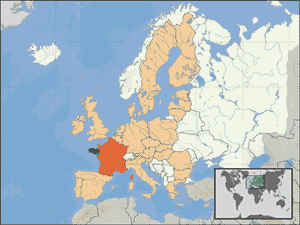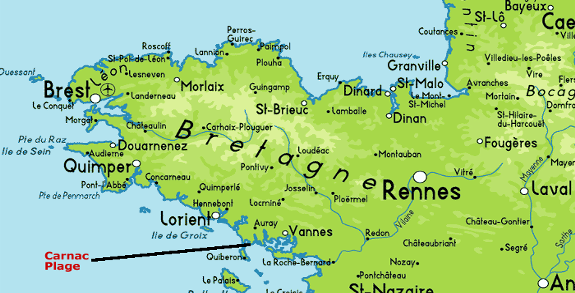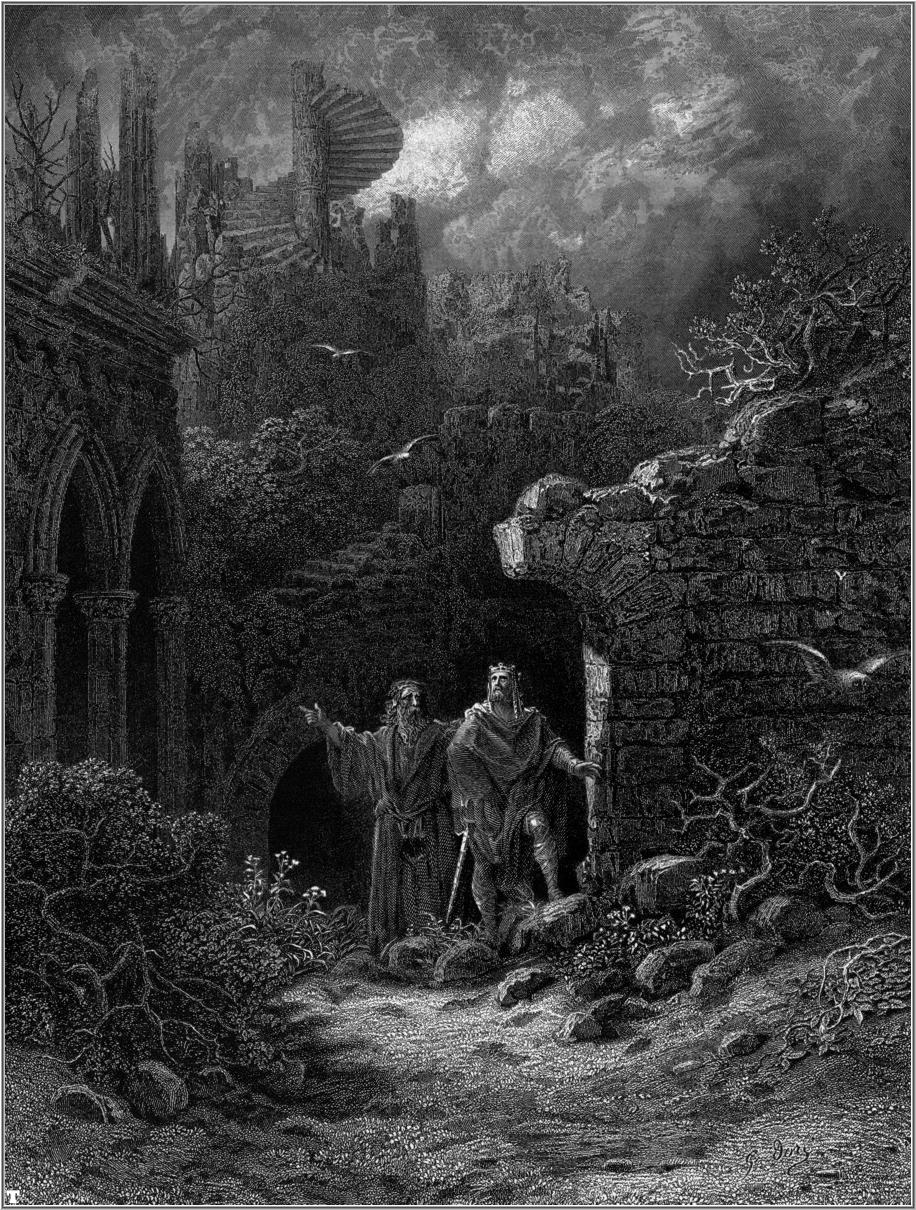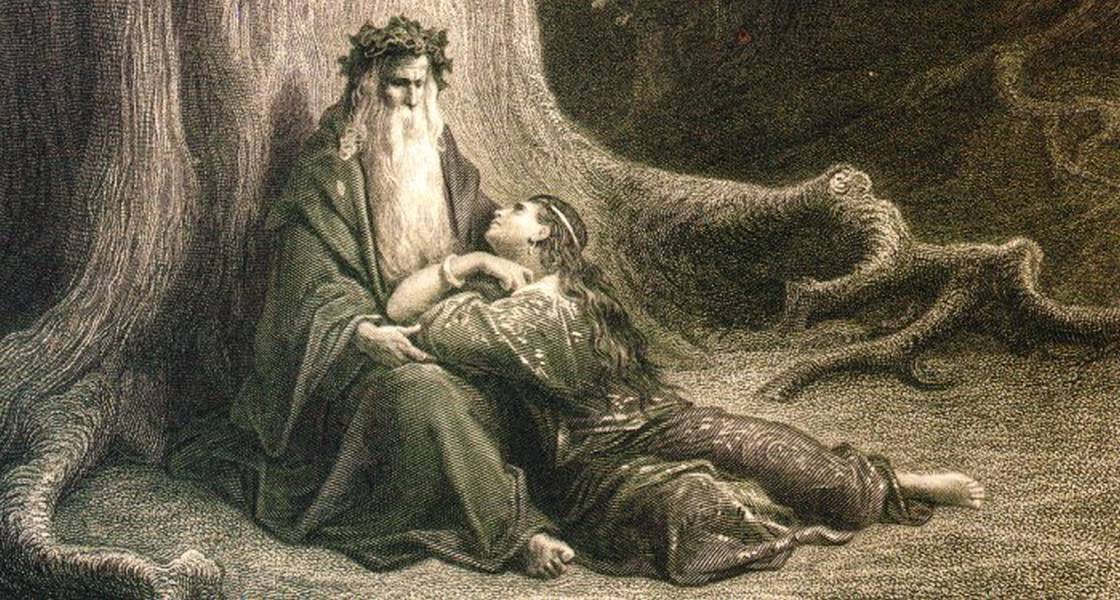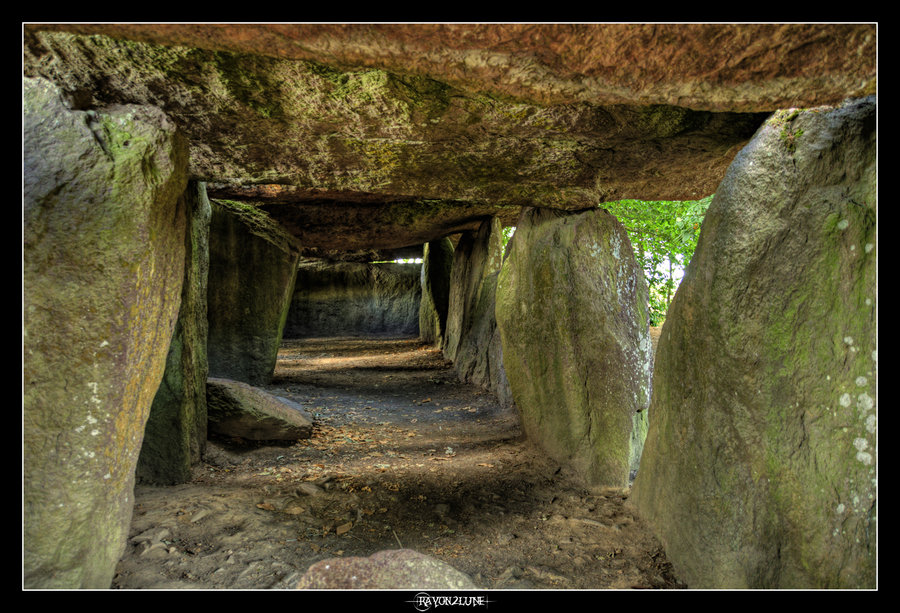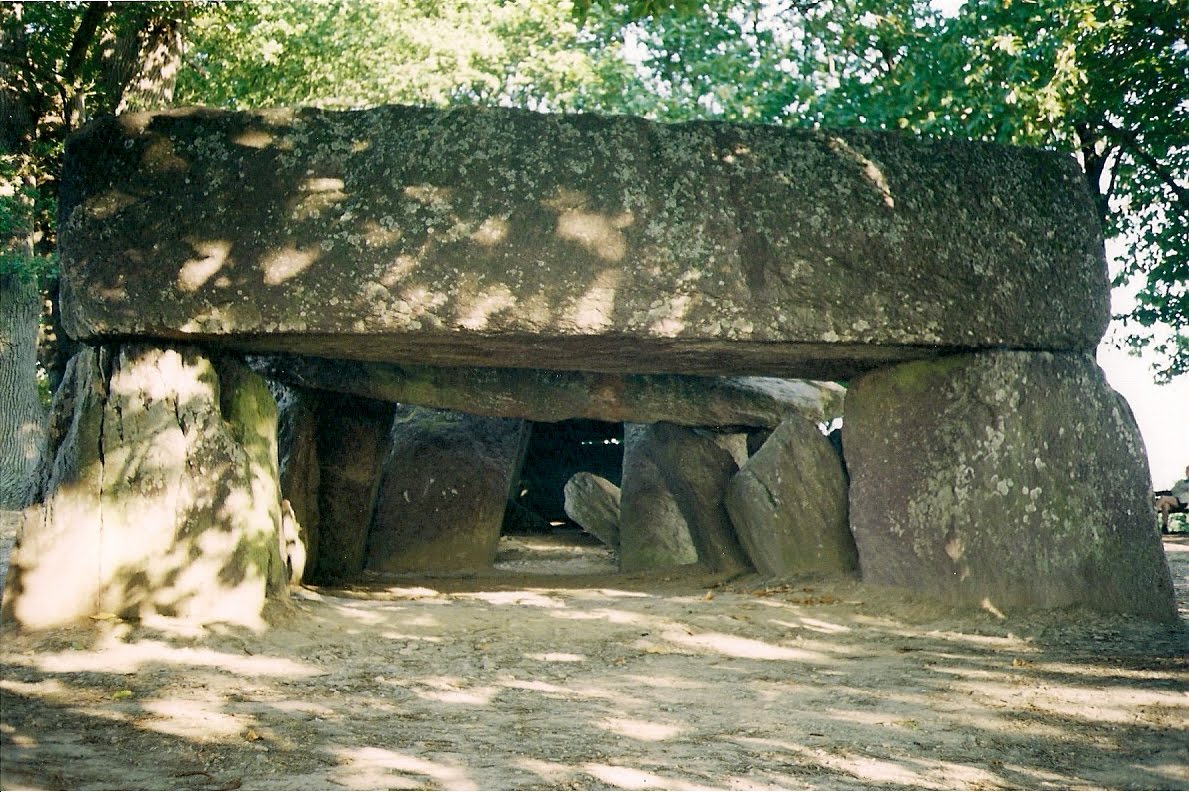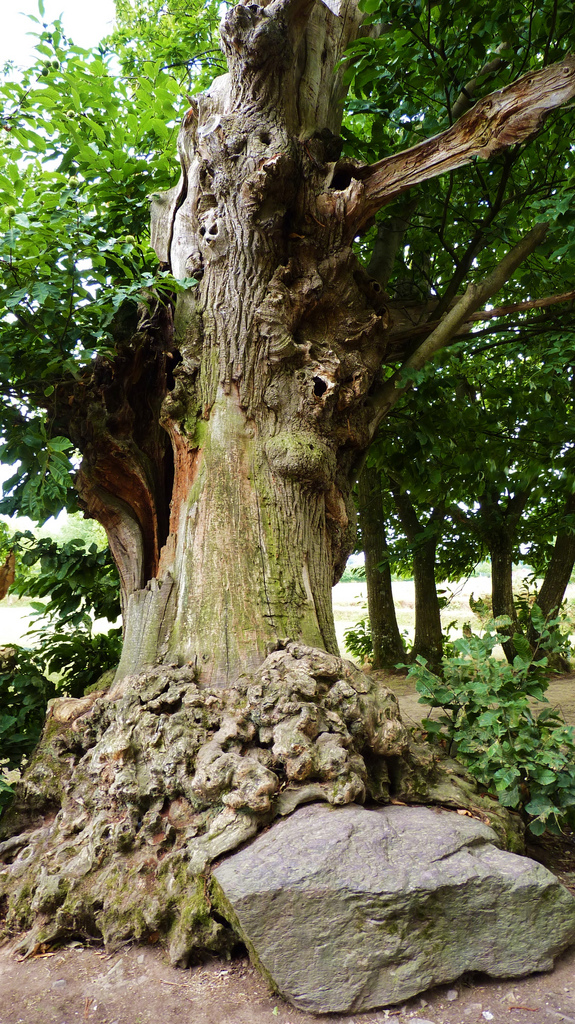|
|
|||
|
La
Roche aux Fees: The Rock of The Fairies, in
Brittany
Uploaded
on Nov 17, 2010
Découvrez la Haute-Bretagne Ille-et-Vilaine, grâce à Philippe et ses escapades culturelles, touristiques et gourmandes... Accompagné par la fée Béatrice, Philippe arpente le monument mégalithique de la Roche aux Fées et découvre les légendes qui l'entourent... www.bretagne35.com |
|||
|
La
Roche aux Fees:
The Rock of The Fairies, in Brittany 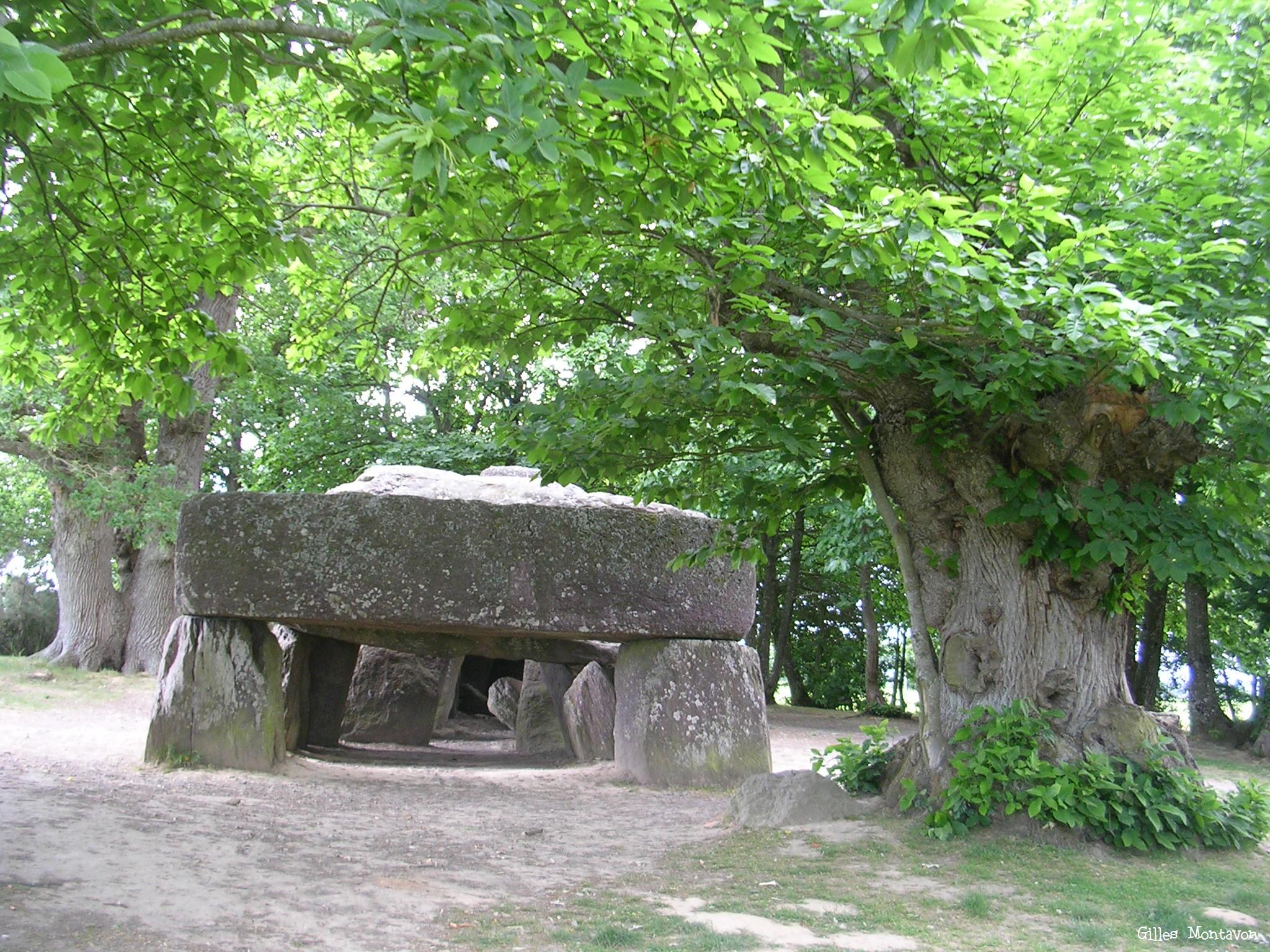 La Roche aux Fees is a
magnificent dolmen that is sequestered in a remote
part of Brittany, which is in northwestern France.
Brittany in itself is easily interesting enough to
be worthy of its own thread. In the hopes of
bringing more depth to La Roche aux Fees I would
like to offer a bit on where La Roche aux Fees and
Brittany are located geographically. - Bybyots
 Le chêne des 6 frères, forêt des Andaines (Orne) (The oak of the 6 brothers Andaines Forest (Orne)) |
|||
|
Brittany:
Land of Megaliths and Merlin
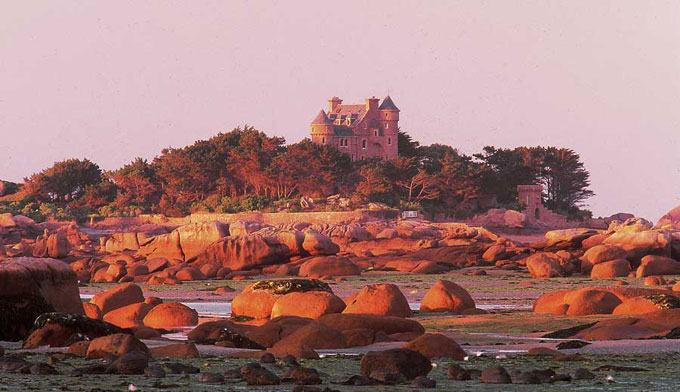 Brittany
is famous for its pink coastlines.
Brittany is considered to be the megalithic epicenter of Europe. The part of Brittany called Carnac, which is essentially where we find La Roche aux Fees, is host to over 10,000 standing stones. Although the construction of these sites is attributed to the neolithic period, which ranges from 4500 to 2000 BC, the main phase of activity for Carnac is considered to be somewhere in the range of 3300 BC. You can see here from the map that Brittany's name really comes as no surprise. Brittany is considered to be one of the six Celtic nations, along with Cornwall, Ireland, the Isle of Man, Scotland, and Wales. - Bybyots
Brittany,
high up in northwestern France, is very close
Britain and Ireland.
All three share what is now called the English Channel.
|
|||
Brittany is also a heavy
contributor to the Arthurian cycle of legends. Most
intriguing to me is that, according to ancient legend,
somewhere in Brittany can be found the legendary
Forest of Brocéliande. - Bybyots
Yniol
Shows Prince Geraint His Ruined Castle in
Gustave Doré's illustration
Idylls of the King, published between 1859 and 1885, is a cycle of twelve narrative poems by the English poet Alfred, Lord Tennyson (1809–1892; Poet Laureate from 1850) which retells the legend of King Arthur, his knights, his love for Guinevere and her tragic betrayal of him, and the rise and fall of Arthur's kingdom. The whole work recounts Arthur's attempt and failure to lift up mankind and create a perfect kingdom, from his coming to power to his death at the hands of the traitor Mordred. Individual poems detail the deeds of various knights, including Lancelot, Geraint, Galahad, and Balin and Balan, and also Merlin and the Lady of the Lake. There is little transition between Idylls, but the central figure of Arthur links all the stories. The poems were dedicated to the late Albert, Prince Consort. The Idylls are written in blank verse. Tennyson's descriptions of nature are derived from observations of his own surroundings, collected over the course of many years.The dramatic narratives are not an epic either in structure or tone, but derive elegiac sadness in the style of the idylls of Theocritus. Idylls of the King is often read as an allegory of the societal conflicts in Britain during the mid-Victorian era. - Wikipedia
and the guardian of the Holy Grail. Could the myth have been based on an historical figure? |
|||
|
The
Stones
La Roche aux Fees is is believed to have been a passage grave, and this one must have been very important. It is constructed of over 40 massive stones of purple, Ordovician slate, the largest of which weigh several tons each; the entire ensemble of stones is thought to weigh nearly 500 tons. The Rock of the Fairies is 60 or more feet in length, over 12 feet in width with a roof that nearly tops out at 13 feet high. The interior, which is considered to be broken up in to 4 chambers, is lower in the front but is 7 feet high in the rear. - Bybyots
The huge dolmen would have originally been covered with a tumulus of stones that would have completed the construction. The entire monster of a dolmen was also built in such a way that the sun rises in alignment with it during the winter solstice .
and it is made of about forty stones. Source |
|||
|
Legends
and Oddities
The primary legend is that the dolmen was built as
a house for 'good souls' by the fairie. It is said
that the devil would only allow the dolmen to be built
if each fairy could make the trip from the quarry
carrying three stones, one in each hand and one on top
of their heads. If the fairies dropped one, the devil
made them go back to quarry three more and try again.
Strangely enough, the quarry is said to be only 4 or 5
kilometers away, and they way there and back is
littered with large stones, as though they had been
dropped randomly. As is the legend with many dolmen and ancient stone alignments, the number of stones at La Roche aux Fees is known to change spontaneously. This is also a feature in one local legend. It is held that if a couple to be betrothed begins at the same stone, and then they each go opposite directions, each circling the stone completely and counting the stones as they go; if they both have the same number at the end, they will have a long lasting union. Although I am having trouble finding a good link, it is also said that the 16th regiment of Dragoons was partying there in 1789 and that they set a fire that killed several of them. If you look at the pictures you will see that there is a stone that has fallen inward (apparently) and that stone is supposed to have been involved in the deaths of some of the Dragoons..
Copyright
All rights reserved by Jim
Appleton
|
|||
Sources:
|
|||
| FAIR USE NOTICE: This page contains copyrighted material the use of which has not been specifically authorized by the copyright owner. Pegasus Research Consortium distributes this material without profit to those who have expressed a prior interest in receiving the included information for research and educational purposes. We believe this constitutes a fair use of any such copyrighted material as provided for in 17 U.S.C § 107. If you wish to use copyrighted material from this site for purposes of your own that go beyond fair use, you must obtain permission from the copyright owner. | |||
|
|
